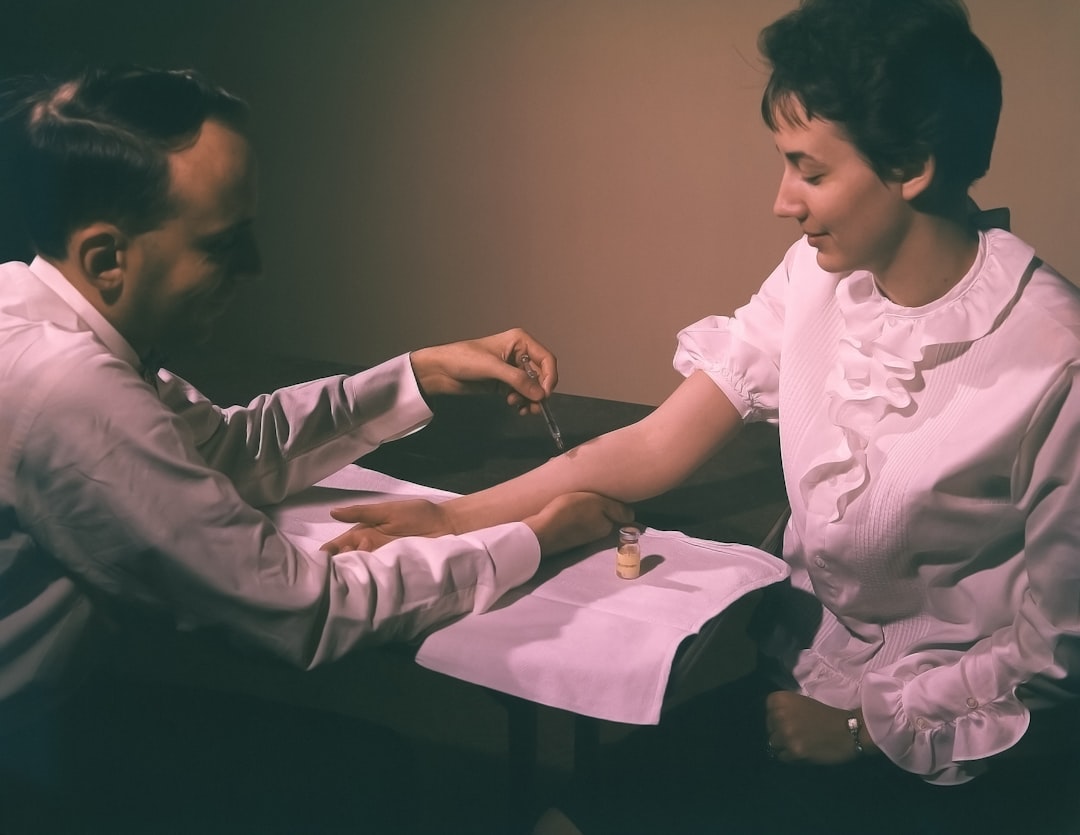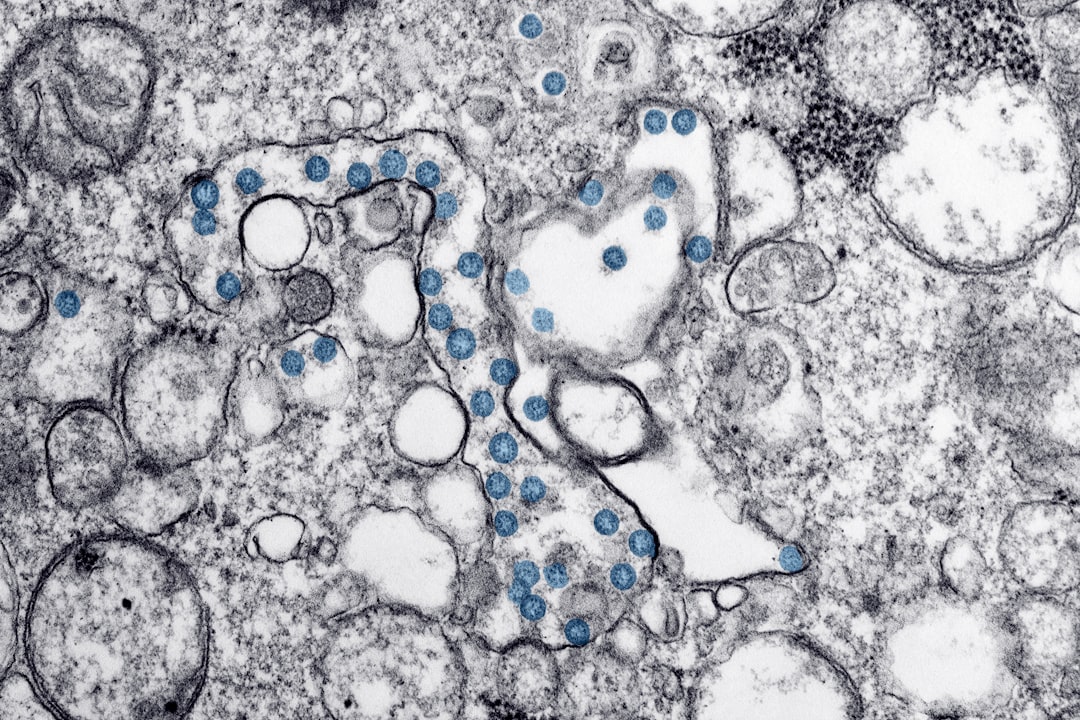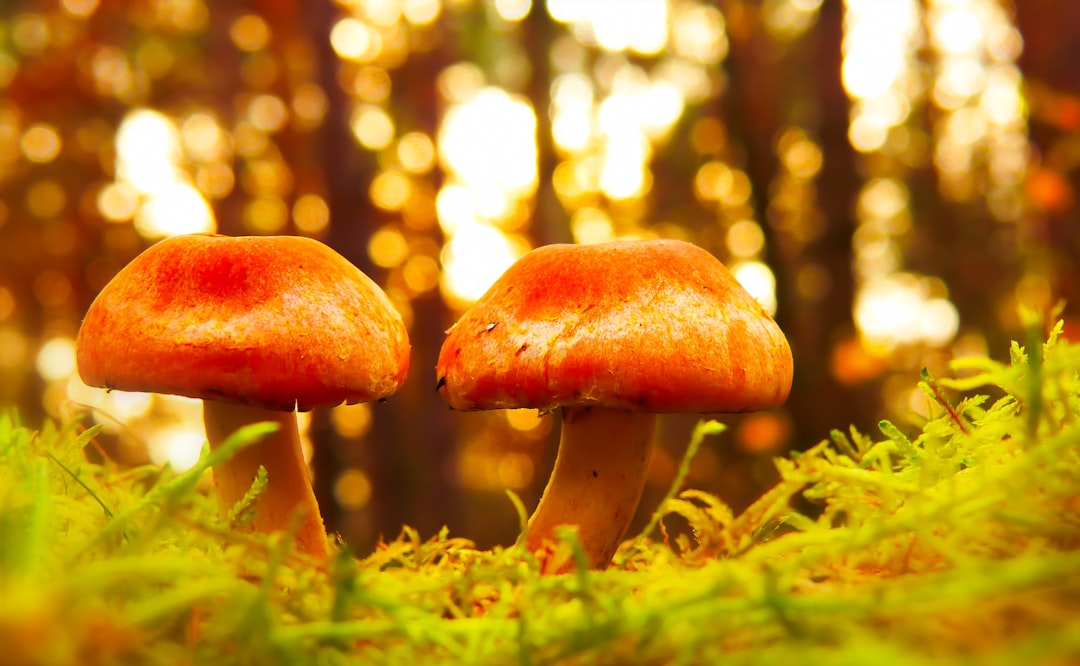What is it about?
Microbes have had a vital role in conditioning Earth's environment throughout billions of years, to its current oxygenated state. This review, starting with a brief history of the discovery and general importance of electron transfer (redox) reactions, dives deep into the molecular inventions that spread across the microbial world, driving Earth's chemical transformation while enabling energy transduction to support Earth's burgeoning microbial life. Special attention is paid to the use of transition metals for oxidation-reduction catalysis and their changing bio-availability throughout Earth's history. This co-evolution between geology and biology, mediated by highly replicated molecular machines (electron transfer proteins) is the ultimate story of a small set of genes having planetary wide impacts.
Featured Image
Why is it important?
This perspective on life's evolution shows us the power that a relatively small number of information-coding molecules can have, even at planetary scale, when highly replicated. The implication of Earth's robust biological electron transfer network has been to constantly push Earth's surface environment further from equilibrium, to the point that ours is the only known planet with an oxygenated atmosphere. The relationship between the stage of evolution of a biological electron transfer network, like Earth's, and the level and chemical nature of the disequilibrium it is able to create may help to interpret spectra from extra-terrestrial atmospheres, and their potential for harboring life. The highly connected network also teaches us that tampering with one of Earth's elemental cycles will perturb the others but that the system as a whole is robust, with feedbacks operating to keep it stable.
Perspectives
Figure 3 nicely shows the biological response, at a molecular level, to the oxidation of the oceans and atmosphere throughout Earth's history. In particular, the metabolic opportunity (increasingly stronger oxidants) afforded by an increasingly oxidized environment (Fig. 3B), and life's subsequent use of the appropriate transition metal cofactors within tuned protein folds to achieve the midpoint potentials needed to take advantage of these increasingly stronger oxidants (Fig. 3C).
MR Benjamin I Jelen
Rutgers University New Brunswick
Read the Original
This page is a summary of: The Role of Microbial Electron Transfer in the Coevolution of the Biosphere and Geosphere, Annual Review of Microbiology, September 2016, Annual Reviews,
DOI: 10.1146/annurev-micro-102215-095521.
You can read the full text:
Contributors
The following have contributed to this page










